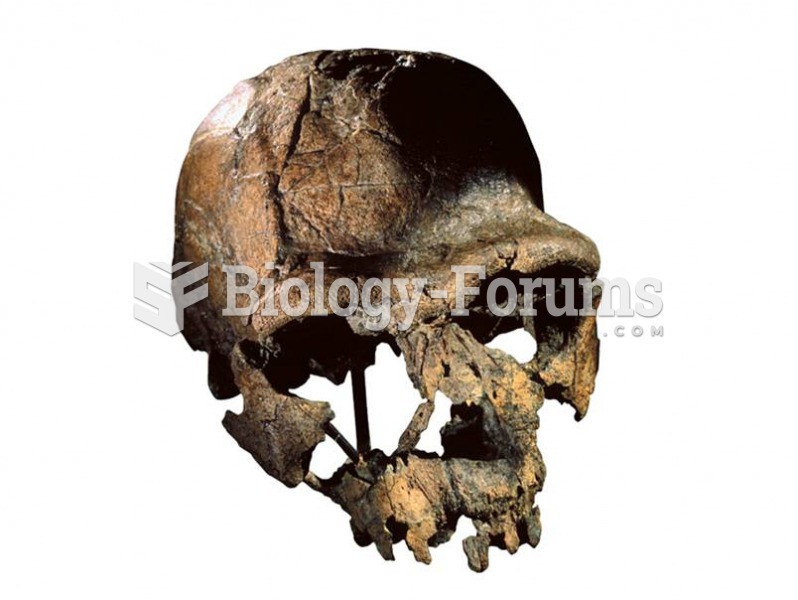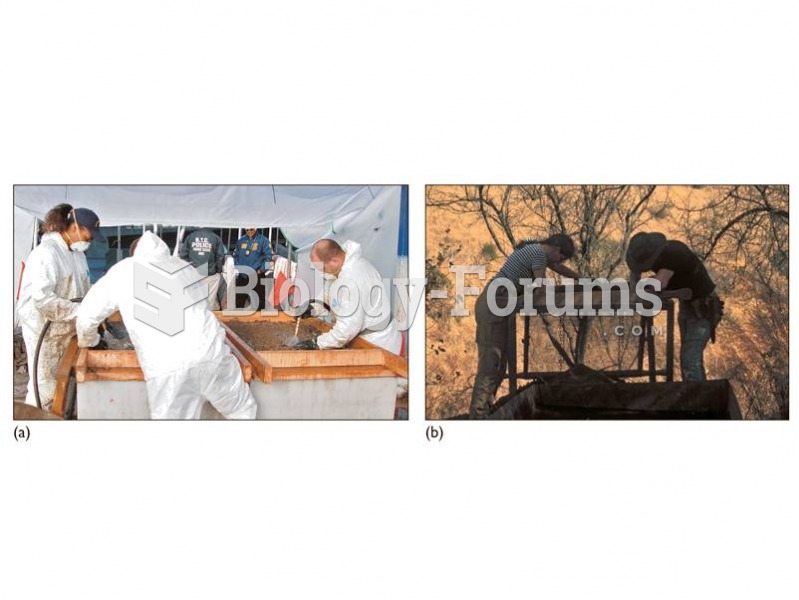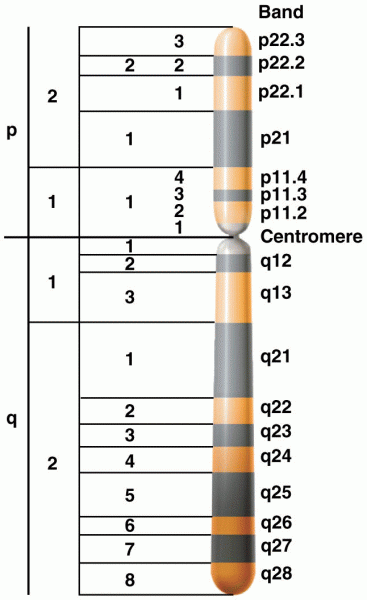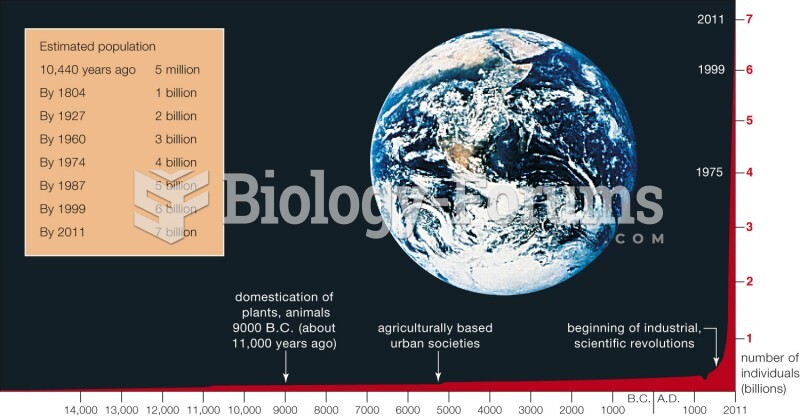What happened to the human skeletal remains from the African Burial Ground project?
a. They were reburied in October of 2003, after they had been analyzed.
b. They were stored in a basement at the World Trade Center along with all of the excavation documents from the project; everything was destroyed when the building collapsed on September 11, 2001.
c. They are on display at the African Burial Ground Center, which is actively engaged in bringing the findings of the project to the public.
d. They were stolen from storage in 2003 and have not yet been recovered; authorities believe they were taken by local community members who opposed the project.
e. They were sold to local collectors.
Question 2
How did public involvement in the African Burial Ground project influence the project's research design?
a. It had very little influence; the local African-American community had doubts that any of the interred individuals were actually their ancestors, and so consequently had little desire to be involved in the project.
b. The local community, refusing to let their ancestors be further exploited, called for the immediate reburial of any human skeletal remains and associated grave goods without analysis or documentation; the project's research design was therefore never realized.
c. The archaeologists worked with the local community, incorporating their concerns and questions into the project's research design, resulting in community empowerment as well as a more meaningful research project.
d. In order to reduce the controversy associated with the project, the federal government allowed the local community to take complete control of the research design; the result was a lack of rigorous scientific methodology and a more humanistic and ideological approach to the project.
e. It did not influence the design; too much argument prevents a design from being accepted.







